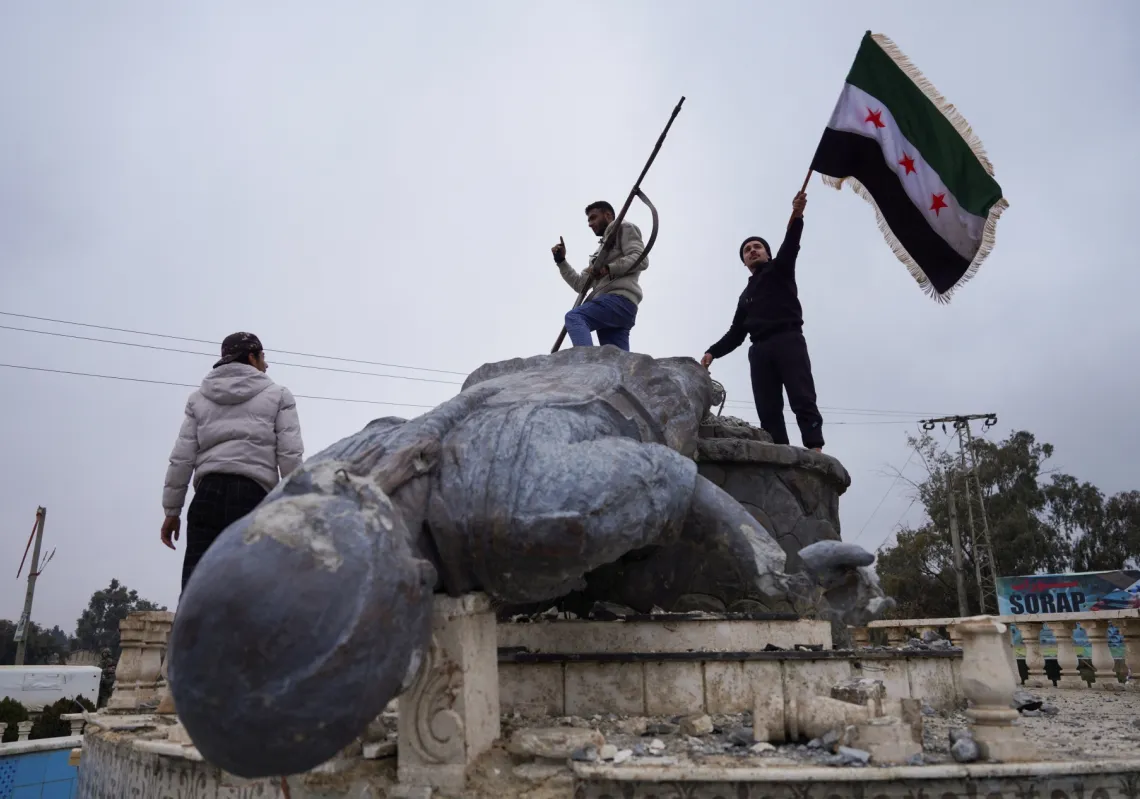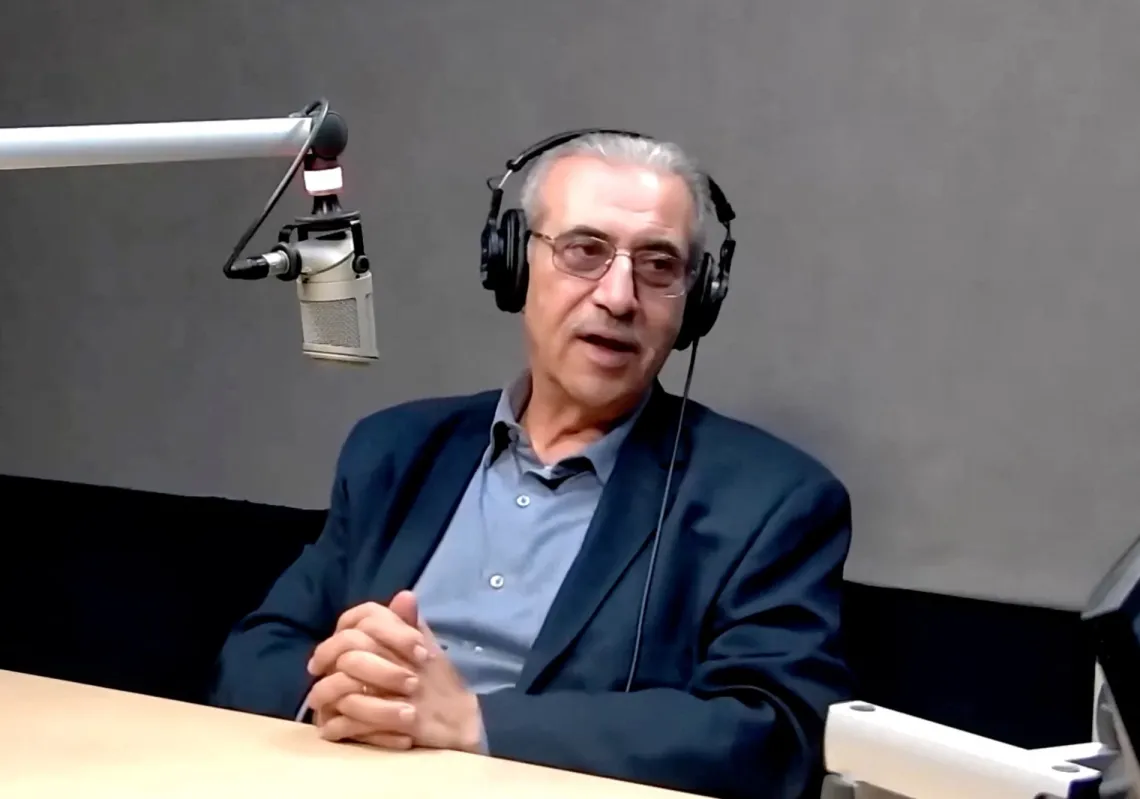India’s history contains several examples of women rising in unison not just to advocate for gender issues but also to spearhead some of the most significant socioeconomic movements within the country. Whether we talk about the Chipko movement, the naked protests of Manipur’s mothers, or the Gulabi gang, all form an integral part of the evolution of the women’s movement in India. But despite these efforts, women have not been successful in liberating themselves from the deeply ingrained patriarchal norms and cultural values that have resulted in their incessant marginalization within the Indian society.
As such, agency continues to be implicitly portrayed as male while women remain victimized and are often recognized as passive members of society. Yet, it is these very women that have once again come together and are in fact, racing against time to help the nation avert the crisis that has been brought on by the outburst of the COVID-19 pandemic in India. It is time to recognize the efforts of these unseen heroes of the crisis and acknowledge the critical roles that they play in the development as well as rejuvenation of Indian society.
Healthcare and Frontline Workers
In India, the public healthcare system has been groaning under the weight of the COVID-19 pandemic. As the wave of infections continues to sweep throughout the country, it is the healthcare workers who have been deployed as the first line of defense in the battle against the crisis.
A vast majority — nearly 83 percent — of these frontline workers are female nurses who have consistently been putting their lives at risk. In doing so, they have confronted grave challenges not only making them more vulnerable to contracting the deadly virus but making their personal lives more miserable, often obstructing them from carrying out their duties efficiently. These problems include shortages of personal protective equipment, lack of pay, and little recognition. In addition, their hours have increased dramatically, further inflicting high frequencies of stress, burnout, and depression upon them.
The situation is even starker in rural areas, where health facilities are scant and medical professionals can be hard to find. In these areas, women accounting for 1 million Accredited Social Health Activist (ASHA) workers are the core providers of health care and medical services. Consequently, with the onset of the COVID-19 pandemic, ASHA workers — who have traditionally worked with maternal and child health — saw their duties and work hours stretch even further with the constant tracking, testing, and monitoring of COVID-19 patients across villages and cities; offering advice on the virus; recording all village arrivals and quarantining them; and simultaneously keeping up with their previous duties of caring for newborns and pregnant ladies.
These ASHA workers have relentlessly discharged their responsibilities despite facing staunch opposition from their families for the quality and amount of work during the pandemic, and they have often been confronted with physical violence or abuse during their home-to-home surveys. Infection rates have also been rising among ASHA workers predominantly due to lack of protective gear for their high-risk work. According to the government, at least 18 ASHA workers had died fighting COVID-19 as of last September but these figures merely represent a tip of the iceberg, as there are no definite estimates on the number of ASHA workers infected during the latest destructive surge.

SELF-HELP GROUPS
Amid the pandemic and its devastating consequences, thousands of Self-Help Groups (SHGs) dominated by women have emerged as effective frontline responders in India’s fight against the coronavirus. These SHGs have not only contributed toward holistically addressing the social and economic needs of people at the community level but have also consolidated their efforts to work on issues like mask usage, quarantining, and social distancing.
As part of the SHGs, nearly 68 million women have been working furiously to make up for the shortages of masks, running community kitchens, helping curb rumors and misinformation, delivering essential supplies, and more. As of April 2020, more than 19 million masks had been produced by some 20,000 SHGs across 27 Indian states along with over 100,00 liters of sanitizer and 50,000 liters of hand soap. In addition, to feed the poor and the vulnerable, SHGs set up over 10,000 community kitchens.
The footprints and the effectiveness of response strategies that have been put in place by the SHGs can be felt across various Indian states. For instance, the Kudumbashree in Kerala is helping disseminate urgent and authentic information regarding COVID-19 by systematically utilizing their vast network of WhatsApp groups. They have also set up 1,300 kitchens across the state to overcome food shortages. Similarly, in Odisha, female-led SHGs have produced over 1 million cotton masks for police as well as for health workers. In Jharkhand, where the rate of poverty is extremely high, SHGs have been helping district administrations identify pockets of hunger and starvation, and are responsible for delivering rations to under-privileged families.
In several states, SHG members are also working as providers of banking solutions and pension services, thus emerging as a vital source for bridging the gap between remote communities and their access to credits coming in from direct benefit transfers. Thus, SHGs in India have not remained as mere beneficiaries of COVID-19 schemes but have instead transformed their role into chief architects of the pandemic response strategy and have played an important role in reaching out to the poor.
POLITICAL LEADERSHIP
Although India is far from attaining gender equity in politics, women leaders along with the frontline healthcare workers have shouldered the responsibility to stay ahead in the battle against the COVID-19 crisis and contain the pandemic by constantly adapting to the changing situation on the ground and responding to the specific need of their communities.
These women leaders have been organizing sanitation drives, monitoring surveillance activities, conducting contact tracing and ration distribution, and more, thus bringing to light an alternate style of leadership — one that is cooperative, empathetic, and relies on transparent communication. Women leaders, particularly at the grassroots level have also been collaborating with other women organizations and young women volunteers to provide assistance in meeting the shortage of masks, delivery of sanitary napkins, spreading awareness about the virus, among other things.
Examples of such women politicians include Sarpanch (a village-level leader who liaises between the government and the community) Vijanandbhai from Gujarat, who used Digi Pay to help make sure that daily wage laborers were able to receive cash transfers from the government’s COVID-19 relief plans. Pinky Bharat, the Zilla Parishad chairperson in Bihar, mobilized local resources “to run community kitchens, deliver essential supplies and manage quarantine centres.” Sarpanch Daljit Kaur from Punjab and other women leaders used WhatsApp groups and social media to spread information and awareness about COVID-19 and essential supplies directly with local communities.
Besides these handful of instances there are several other women politicians that are setting a positive example of effective leadership to combat the COVID-19 pandemic. Their rigorous containment work has further helped these political leaders build credibility and respect among the residents of the community that they are responsible for governing.
CONCLUSION
Extrapolating from these facts, it would not be a stretch to say that women in India — in varied forms and both individually and collectively — are working fanatically on the frontlines to rein in an ever-worsening pandemic. Yet, despite their significant contribution toward the management of the crisis, women continue to remain invisible in both the global as well as the national discourse on women’s leadership in the COVID-19 crisis.
While we are still trying to grasp the nature and diverse effects of the on-going pandemic, we need to celebrate and acknowledge the contributions of these women in tackling the epidemic. We also need to include the success of women’s leadership, their achievement, needs, and concerns in our debates and policymaking processes. Last but not the least, we must continue to strengthen them and provide them with the much-needed economic and social empowerment.
This article was originally published on The Diplomat.








